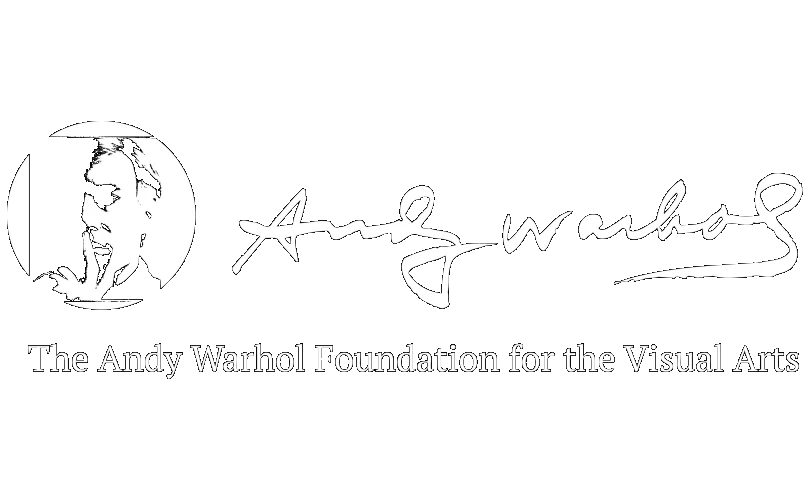I am proud to share the museum’s strategic plan, which will guide our work at KAM through 2027. We crafted our first comprehensive plan in well over a decade with the support of Dina Bailey, CEO of Mountain Top Vision, a strategist who has worked with cultural institutions across the globe.
Many strategic plans that we initially examined sideline diversity and inclusion as one pillar in an overall plan. Our team, by contrast, was determined to infuse our equity, accessibility, and justice work throughout—a distinct quality of our plan. I am grateful for the frank conversations with both our dedicated team and observant stakeholders across the region. They made it clear that they expect KAM to live up to our stated values and commit to what we know we can do. This compass will guide all our work over the next three years, and we anticipate you holding us accountable to our pledges.
We agreed that art and inquiry must be front and center. After all, art is what we do, and inquiry is our approach to everything. KAM’s commitment to cutting-edge research will remain, as we continue as a major force within our research university. And, we will pursue new and better ways to generate knowledge—in community, by collaborating, and through co-creating. We will continue to share what we know, while de-centering ourselves so that our communities can participate in developing KAM exhibitions, programs, and collections.
Only through engagement and belonging can this knowledge connect to the here and now. By building long-term relationships, we commit to stronger and more equitable ties with our students, our neighbors, and our communities in need. Our recent strides in visitor service and hospitality will deepen into a richer welcome and a focus on universal accessibility—which can only happen through more reciprocal relationships with our communities—ensuring that KAM will be more open, responsive, and reflective of our place and our world.
Our last cornerstone, sustainability, naturally encompasses how KAM will dedicate itself to environmental health. But sustainability also ensures resources for the long-term well-being of the museum’s building and staff, maintaining our prominence within the university, and nurturing the vigor, connectedness, and retention of our amazingly talented staff.
There is so much more to share—groundbreaking exhibitions, a stunning reimagination of KAM’s pre-Hispanic Andean holdings, and growing relationships with our communities.
Let me know what you think.
Jon L. Seydl, Director
Fall 2024
Fall 2023
I often talk about how KAM fosters a culture of care. This coming year we have two projects of care for our building that will translate into care for visitors and the environment.
Late in the fall work on an entrance ramp at the Peabody entrance will begin, ensuring full access to our primary entrance for the first time since 1961. The beautiful Bauer Latoza Studio design centers the ramp and celebrates access, rather than simply adding a functional element to the side of the staircase. This project will solidify and make visible our commitment to the value of accessibility as soon as you arrive at the museum.
Larry Booth’s celebrated 1988 addition to KAM, the Kinkead Pavilion, will receive a thorough renovation starting in January, including a new roof, sustainable lighting, and a long-overdue systems overhaul. We will also have energy-efficient and bird-friendly windows (for more on our bird strike research, see our interview with student Colin Dobson).
We’re deeply grateful to the Office of the Provost and the Helen Frankenthaler Foundation for their support and thankful for partners Tilton, Kelly + Bell and RTM Engineering. Sustainability is another core value, and making the Kinkead Pavilion an efficient building will be the capstone of our recent efforts.
While this work will be disruptive for sure, it will transform our future. We appreciate your patience with us during construction—please visit the website often for updates.
Irrespective of construction, our team continues to serve both the campus and the community. I’m excited for you to learn more about our community-rooted programs—both new and re-envisioned—and our educators’ inventive new ways to connect with school audiences, including our second year partnering with the same students at Booker T Washington Stem Academy in Champaign.
The exhibition program is equally thrilling, including two projects by female storytellers. The fall begins with a career survey of Marie Watt, whose work brings forward stories ranging from those told by her Seneca ancestors to Star Trek. Jen Everett, an emerging artist from St. Louis, will anchor the spring. She debuts a body of work derived from found photographs of Black women, infusing the archive with imagined—and often tellingly absent—narratives of Black queer women.
Our galleries remain as lively as ever, with incredible new acquisitions by Nick Cave, Maria Flaxman, and Preston Singletary transforming the collection with a diverse range of voices.
Let me know what you think.
Jon L. Seydl, Director






